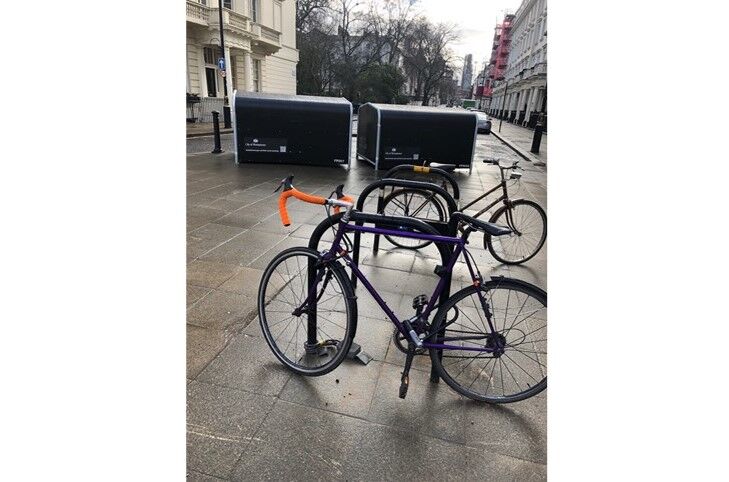“E-hubs,” where you can hire electric cargo bikes as well as e-bikes, are also being established in neighborhoods in many European cities, including Amsterdam. The placement of these e-hubs is based on community input.
Mobility management
European cities are leaders in smart mobility-- providing access to more shared mobility options (cycle and e-scooter hire, Uber, etc.) and embracing the concept of “Mobility as a Service” (MaaS). MaaS provides improved access to accurate information and ticketing for all modes of travel through smartphone apps that link all mobility providers. The European Union is promoting MaaS technology research and the development of MaaS systems.
The EU has also adopted a Europe-wide framework for transport investment as part of its plan to address climate change. It has just announced a new sustainable and smart mobility strategy, which forms the basis for the EU’s funding plan for transport initiatives for the next four years. Key elements of this strategy include boosting zero emission vehicle use, promoting high-speed rail, and enhancing the cycling infrastructure.
Multimodal and intermodal connectively is greater in Europe, where a good interface with national rail systems facilitates intercity links. In Germany, for instance, all major city airports are connected to intercity high-speed rail. Similarly, the TGV in France connects Paris’ Charles de Gaulle airport with all major French cities. Some airlines allow joint ticketing of rail/air journeys. There are also more integrated transport delivery agencies, which are in charge of operating and regulating all modes of transport - taxis, roads, bicycles, transit. A prime example of this is Transport for London.
Congestion charging and road pricing have proven to be more politically acceptable in Europe as climate change mitigation has become a key priority. London’s congestion zone contributes on average £150 million annually to Transport for London while reducing congestion. Stockholm has a similar system. London has also instituted an Ultra Low Emission Zone, which is designed to reduce air pollution from automobiles. Cars, motorcycles, vans, minibuses, and other specialist vehicles must meet ULEZ emissions standards or pay a daily charge when driving within and into the zone.
Transit Oriented Development
There is a greater understanding in Europe of the value of TOD (transit-oriented development) at train and other transit stations as both an income generator for transit agencies and as a regeneration tool. Station area planning is also more widespread. For example, Transport for London has a residential development initiative to provide affordable housing options on land it owns above and around its stations. The Moscow suburban rail company has also created a station development strategy that prioritizes stations for their development potential. The Netherlands has adopted a nationwide set of principles for station area planning, which guides development around stations. The principles are
-
Accelerate: reduce journey time
-
Condense: locate urban facilities--such as housing, workplaces, and leisure centers--closer to stations
-
Enhance: provide an attractive environment--with services and facilities--for the least valued element of any journey – the waiting and transfer time
What are some future trends that both Europe and the US will face?
This article has described just a sampling of what is going on in Europe. Much more is happening, especially as the EU and UK move more quickly to address climate change. As we work on both sides of the Atlantic, it makes sense to learn from each other in addressing these similar challenges:
-
Increased congestion due to population growth and development at the edges of urban areas.
-
Volatile fuel prices and the move toward zero-emission electric vehicles and driverless cars.
-
Climate change and the need to abide by the Paris accords.
-
An aging population and the obesity epidemic.
-
New technology; providing more timely transit information through Mobility as a Service, the development of e-scooters, etc.
-
The enduring love of cars; the so-called bicycle-centric Netherlands has the highest per capita car ownership in the EU!



 Robert Ravelli
Robert Ravelli Robert Ravelli
Robert Ravelli

